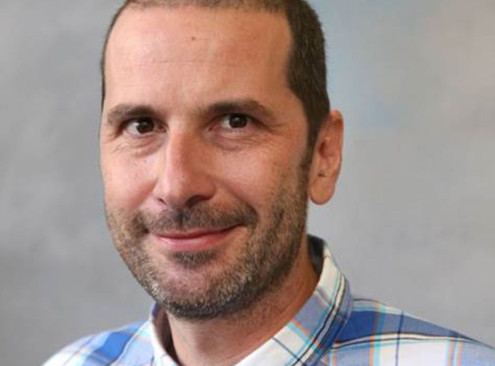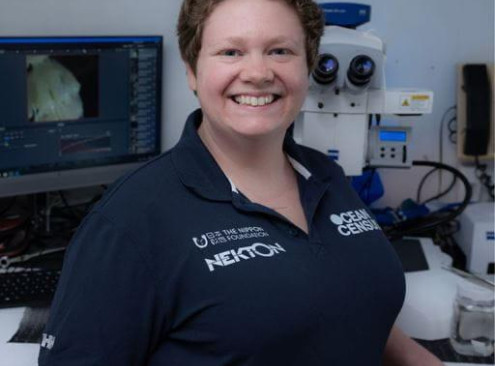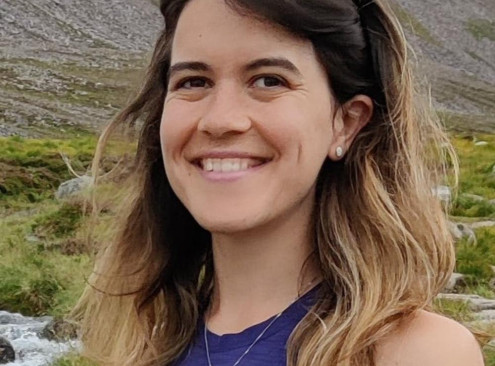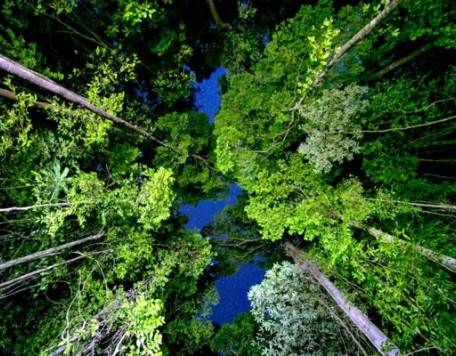© Pint of Science, 2025. All rights reserved.
Our oceans are vital to the health of our planet, but they face numerous threats, from pollution to climate change. Join us as we dive into the world of marine monitoring, exploring the cutting-edge technologies used to track ocean health, understand marine ecosystems, and protect our seas. Let's keep a watchful eye on our oceans!
Oil-eating bacteria! Our friendly cleaners of the oceans and key targets for emerging biotechnologies
Dr Boyd McKew
(Lecturer and researcher; University of Essex)
Oil pollution is a major threat to marine environments, but luckily, we have the help of some superbugs! Come and learn about the ecology and physiology of the oil-degrading bacteria, how they can be utilised in the bioremediation of our One Ocean, and how we may be able to engineer them for the production of environmentally friendly products.

SOS: Save Our Shells
Dr Jessica Gordon
(Researcher; University of Essex)
Species across the globe are threatened by encroaching plastic pollution, and hermit crabs are no different! In the Pacific, these crabs have been observed to use plastic waste such as bottle caps as improvised shells. The natural shells they typically inhabit are targeted by beachcombers who have been over-collecting these precious resources. Hermit crabs rely on shells to protect their soft abdomens, and with no natural options, they have been resorting to using plastic waste. Whilst resourceful from the crabs, exposure to these plastics causes neurological damage and other health concerns in crabs. We conducted the first-ever field study in Okinawa, Japan to document the extent of this problem in the blueberry hermit crab (Coenobita purpureus). The beaches we visited in general lacked natural shells, and a large portion of crabs were living in broken or poorly fitting shells. Join us to hear all about the plight of the resourceful hermit crab and learn what you can do to help!

Eye spy...looking for pollution in unlikely targets
Dr Rebekah Boreham
(Senior Research Officer; University of Essex)
Our rivers and oceans are constantly being polluted with chemicals from countless sources, but it can be difficult to assess the risks that these chemicals present to different aquatic species. To better target our conservation and clean-up efforts, we need to understand where and when fish are most vulnerable to pollution, but current methods may only tell us about recent conditions, and not the history of that fish. The body is full of so-called ‘archive structures’; hard tissue that forms and remains stable throughout the animal’s lifetime. These include ear stones, gill cartilage, and eye lenses, and have the potential to capture chemicals from the surrounding water. In my talk I will tell you about current chemistry methods to assess the exposure of fish to pollutants in the environment, and how eyes may hold the key to unlocking a fish’s past environmental conditions.

Map data © OpenStreetMap contributors.
Other Coda events
2025-05-20
Web of Life: Exploring Earth's Rich Biodiversity
Coda
63 High Street, Colchester, CO1 1DN, United Kingdom
2025-05-19
Connections: Life, Climate and Conservation
Coda
63 High Street, Colchester, CO1 1DN, United Kingdom



